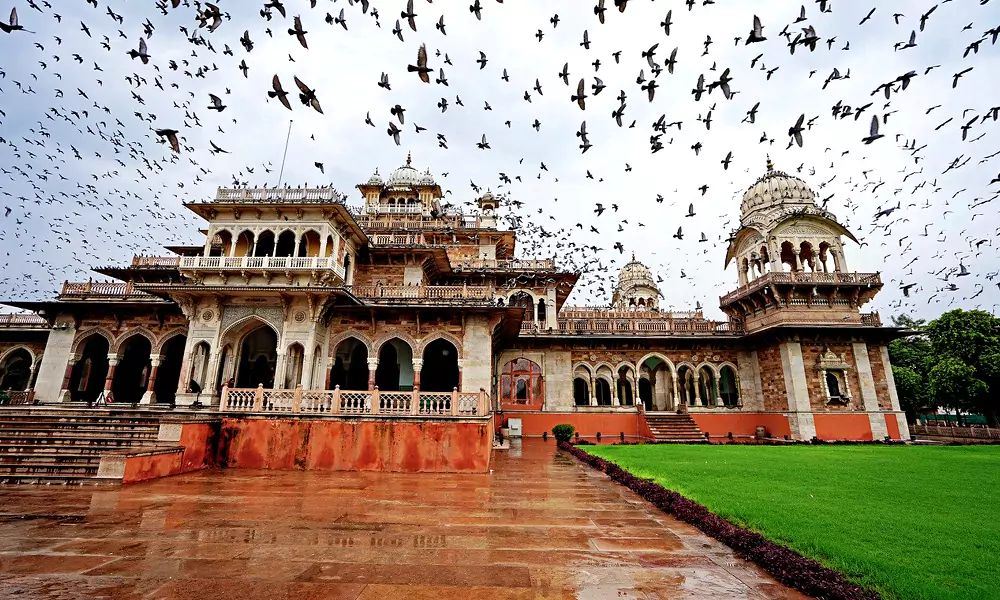
The Albert Hall Museum, situated in the heart of Jaipur, Rajasthan, is an architectural marvel and a treasure trove of history and culture. Known for its stunning Indo-Saracenic architecture, the museum houses an extensive collection of artefacts, paintings, and sculptures that offer a glimpse into the rich heritage of India. Named after King Edward VII (Albert Edward), the museum stands as a symbol of Jaipur’s royal legacy and artistic prowess.
Timings and Ticket Price
The Albert Hall Museum is open to visitors every day from 9:00 AM to 5:00 PM. The entry ticket prices are as follows:
Indians:
- Adults: ₹40
- Children (aged 5-12): ₹20
Foreigners:
- Adults: ₹300
- Children (aged 5-12): ₹150
Additionally, there is a composite ticket available for ₹300 for Indians and ₹1000 for foreigners, which includes entry to various other monuments in Jaipur. Night viewing of the museum is also available from 7:00 PM to 10:00 PM with separate ticket prices of ₹100 for Indians and ₹200 for foreigners.
History
The foundation stone of the Albert Hall Museum was laid during the visit of the Prince of Wales, Albert Edward, in 1876. The museum was designed by Sir Samuel Swinton Jacob, a British architect known for his work in India. Initially intended to be a town hall, it was later decided that the building would be used as a museum to showcase the art and culture of Jaipur.
The museum was officially opened to the public in 1887, making it one of the oldest museums in Rajasthan. Over the years, the collection has grown significantly, with contributions from various royal families and private collectors. Today, the Albert Hall Museum stands as a testament to Jaipur’s artistic and cultural heritage.
Architecture
The architecture of the Albert Hall Museum is a blend of Indo-Saracenic and Neo-Gothic styles, characterized by its intricate detailing and grandeur. The building is constructed using sandstone and marble, with elaborate carvings and designs that reflect the craftsmanship of the era.
The museum’s façade features a series of arches, domes, and columns that are typical of Rajasthani architecture. The central dome, surrounded by smaller domes, is particularly striking and adds to the building’s majestic appearance. Inside, the museum is equally impressive, with spacious galleries, high ceilings, and beautiful frescoes adorning the walls.
Significance
The Albert Hall Museum holds immense significance both historically and culturally. It serves as a repository of Jaipur’s rich heritage, housing artefacts that span several centuries. The museum’s collection includes sculptures, paintings, textiles, pottery, and more, each telling a unique story of India’s past.
One of the most significant aspects of the museum is its collection of miniature paintings, which are considered some of the finest examples of this art form. The museum also houses a rare collection of coins, musical instruments, and arms and armour, offering a comprehensive view of the region’s history.
In addition to its cultural significance, the Albert Hall Museum is also an architectural landmark in Jaipur. Its distinctive design and stunning architecture make it a must-visit destination for anyone interested in the history and culture of Rajasthan.
Best Time to Visit
The best time to visit the Albert Hall Museum is during the cooler months, from October to March. The weather during this period is pleasant and ideal for exploring the museum and other attractions in Jaipur. The museum is also beautifully illuminated at night, making it a great experience for visitors who choose to visit during the evening hours.
How to Reach
The Albert Hall Museum is located in Ram Niwas Garden, a central area of Jaipur, making it easily accessible from various parts of the city. Here are some ways to reach the museum:
- By Air: The nearest airport is Jaipur International Airport, which is about 12 km away from the museum. From the airport, you can hire a taxi or use public transportation to reach the museum.
- By Train: The Jaipur Railway Station is approximately 5 km from the museum. You can take a taxi, auto-rickshaw, or bus from the station to reach the museum.
- By Bus: Jaipur has a well-connected bus network, and the museum is easily accessible by public buses. You can take a local bus to Ram Niwas Garden or nearby areas and walk to the museum.
- By Car: If you are travelling by car, you can use GPS navigation to reach the museum. There is ample parking available near the museum for visitors.
Nearby Attractions
Jaipur is a city rich in history and culture, with several attractions located near the Albert Hall Museum. Some of the notable nearby attractions include:
1. Hawa Mahal
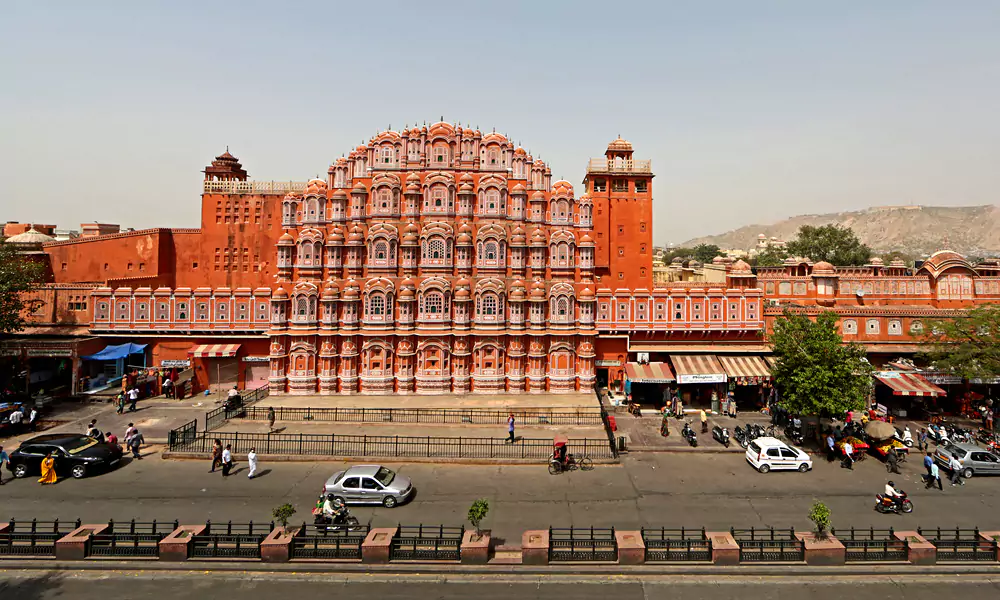
The Hawa Mahal, also known as the Palace of Winds, is a stunning five-story palace made of red and pink sandstone. It is famous for its intricate latticework and numerous windows, which allow cool breezes to flow through the palace, providing relief from the heat.
2. City Palace
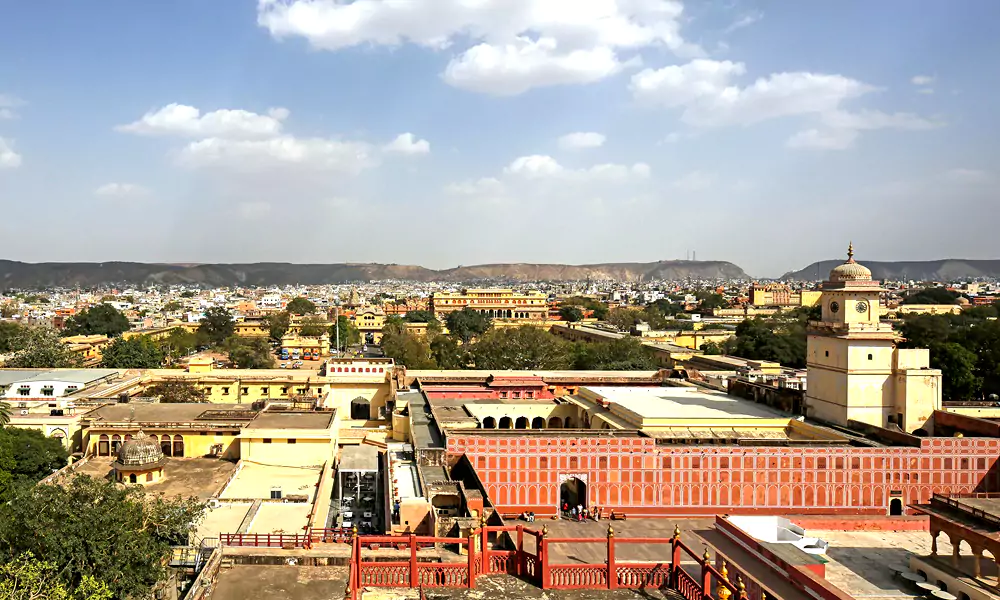
The City Palace is a magnificent complex of palaces, courtyards, and gardens located in the heart of Jaipur. It serves as the residence of the royal family of Jaipur and houses a museum that displays artefacts from the city’s royal history.
3. Jantar Mantar
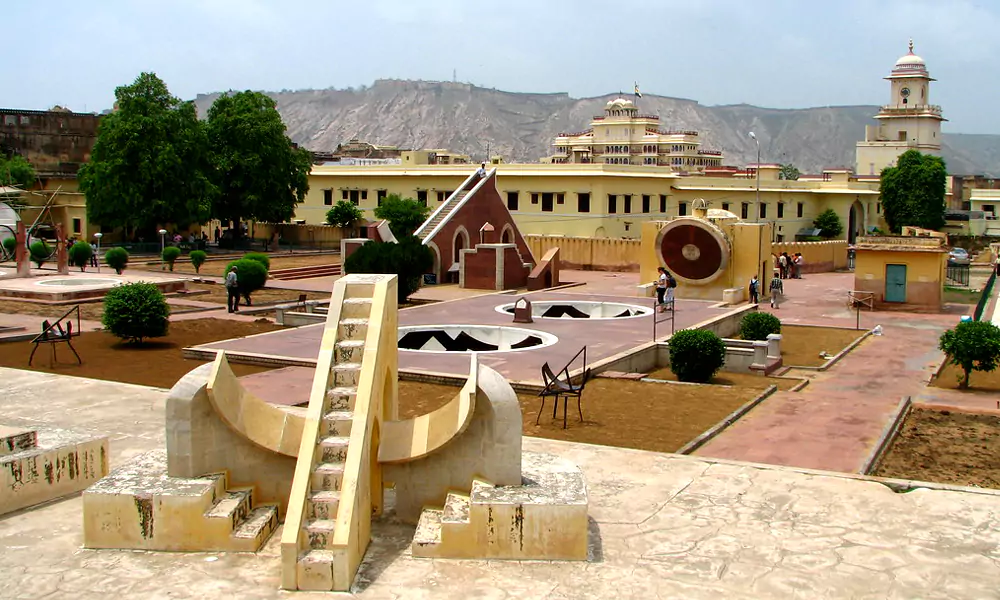
The Jantar Mantar is an astronomical observatory built by Maharaja Sawai Jai Singh II. It features a collection of architectural instruments used for astronomical observations, including the world’s largest stone sundial.
4. Nahargarh Fort
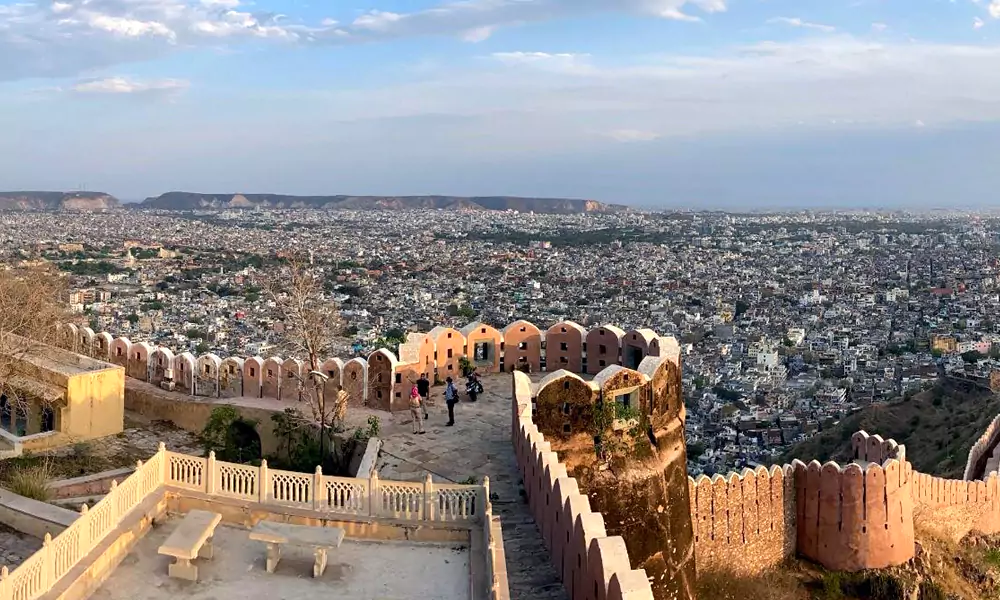
The Nahargarh Fort is situated on the Aravalli hills, offering panoramic views of Jaipur. The fort was built as a retreat for the royal family and features beautiful architecture and scenic surroundings.
Travel Tips
- Plan: Check the museum’s timings and ticket prices before your visit. If you plan to visit multiple attractions in Jaipur, consider purchasing the composite ticket for better value.
- Visit Early: To avoid crowds and enjoy a more peaceful experience, visit the museum early in the morning or during the late afternoon.
- Night Viewing: Don’t miss the opportunity to see the museum illuminated at night. The beautiful lighting enhances the architectural features and creates a magical atmosphere.
- Guided Tours: Consider hiring a guide or joining a guided tour to learn more about the museum’s collection and the history behind each artefact.
- Photography: Photography is allowed inside the museum, but be respectful of other visitors and avoid using flash in sensitive areas.
- Stay Hydrated: Carry a water bottle, especially if you are visiting during the warmer months. There are also cafes and restaurants nearby where you can take a break and refresh yourself.
Frequently Asked Questions (FAQs)
The Albert Hall Museum is significant for its extensive collection of artefacts that showcase the rich cultural heritage of Rajasthan and India. Its Indo-Saracenic architecture is also a major attraction.
The museum often hosts special exhibitions and events. It’s a good idea to check their official website or contact them directly for information on current and upcoming exhibits.
Yes, photography is allowed inside the museum, but the use of flash is restricted in certain areas to protect the artefacts.
Yes, there is ample parking available near the museum for visitors.
Yes, guided tours are available, and it is recommended to take one to get detailed information about the exhibits and the history of the museum.
Conclusion
The Albert Hall Museum is a jewel in the crown of Jaipur’s rich heritage. Its impressive architecture, vast collection of artefacts, and cultural significance make it a must-visit destination for history enthusiasts and tourists alike. Whether you are exploring the museum’s galleries, marvelling at its architectural beauty, or soaking in the historical ambience, a visit to the Albert Hall Museum is an enriching experience that offers a deep insight into the cultural tapestry of Rajasthan and India.
